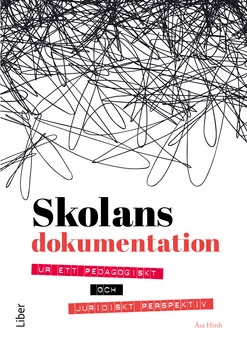In the context of global security concerns, humanitarian crises and skill shortages migration and immigration have become central to economic, political and social debates at the beginning of the twenty-first century. And while migration and immigration have certainly not escaped the attention of social scientists, the study of both remains the most 'under-serviced' academic domain with respect to introductory texts. It is not surprising then that even fewer books have explored the contours of these social phenomena from an explicitly geographical perspective - in other words, in terms of 'space', 'place' and 'scale'. Migration is an advanced, yet accessible, introduction to migration and immigration in a global context. It offers a critical, multi-disciplinary approach to the subject, borrowing from human geography, political science, social anthropology and sociology. However, unlike other broad volumes on the subject, it emphasizes a theoretical and conceptual approach to the study of migration. Specifically, Migration adopts a unique geographical approach by employing spatial concepts such as place, scale and territory.Using these spatial concepts, the author argues that most studies of migration begin with either an undue emphasis on nation-states as a lens on migration or on the contrary rely on exaggerated notions of transnationalism. Migration neither neglects the importance of nation states nor the significance of transnationalism, but it focuses on how local contexts matter to migration. The book covers such topics as migration categories, the explanation of different forms of migration, migration and employment, the geopolitics of migration and immigration and citizenship, rights, and belonging. This text is not simply an encyclopaedic overview of migration theories, trends and facts; rather, it is designed to have lasting intellectual value by providing particular arguments in each theme-based chapter. While it advocates certain arguments, it is also clearly written in an engaging and accessible manner for an undergraduate audience. Its clear structure is complemented by a combination of pedagogical features, such as case-study boxes, summary questions at the end of each chapter and a glossary.The book is designed for courses and modules on migration and immigration at the undergraduate and postgraduate levels and both students and academics will find it exceptionally useful.
Åtkomstkoder och digitalt tilläggsmaterial garanteras inte med begagnade böcker





















